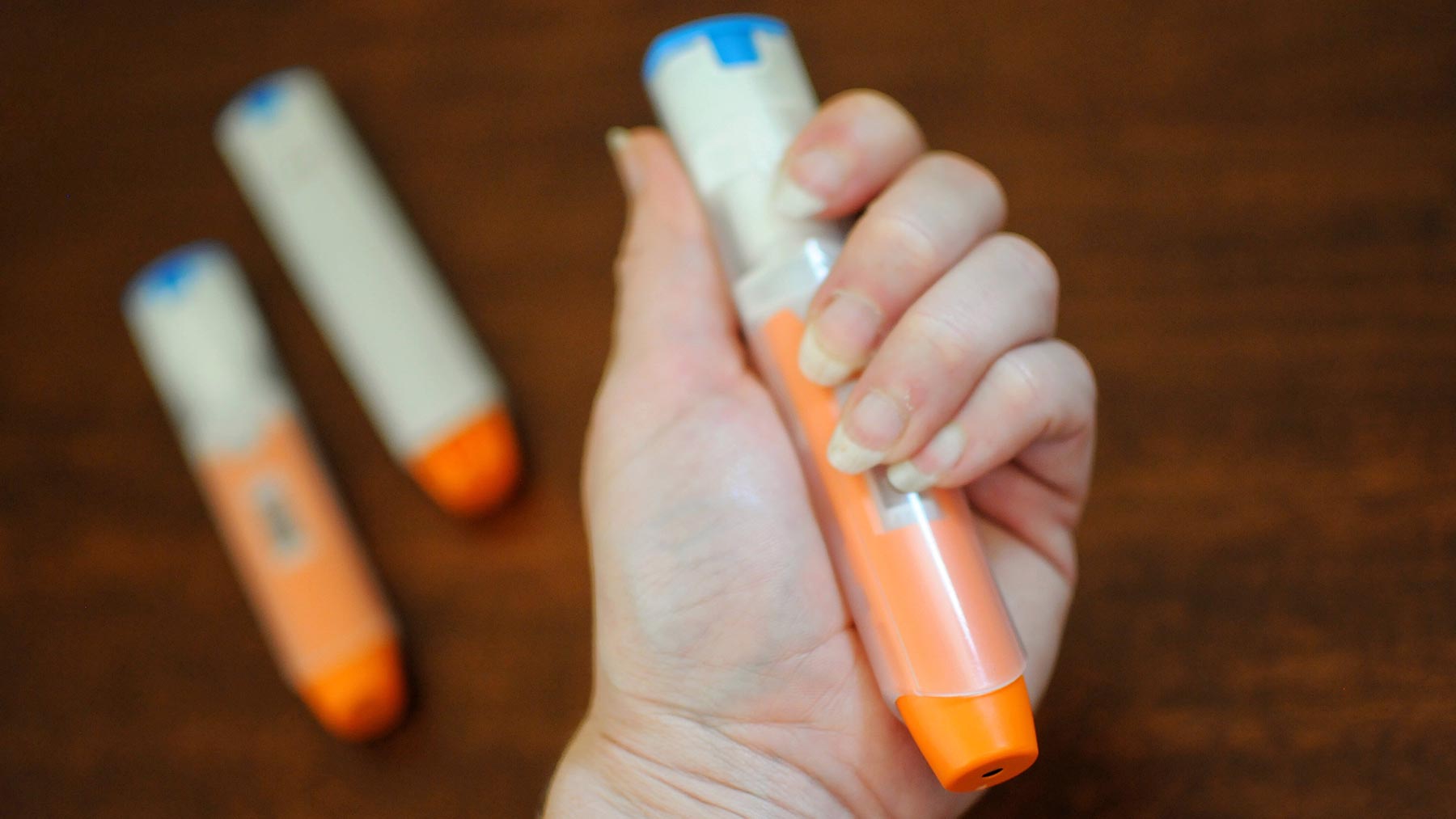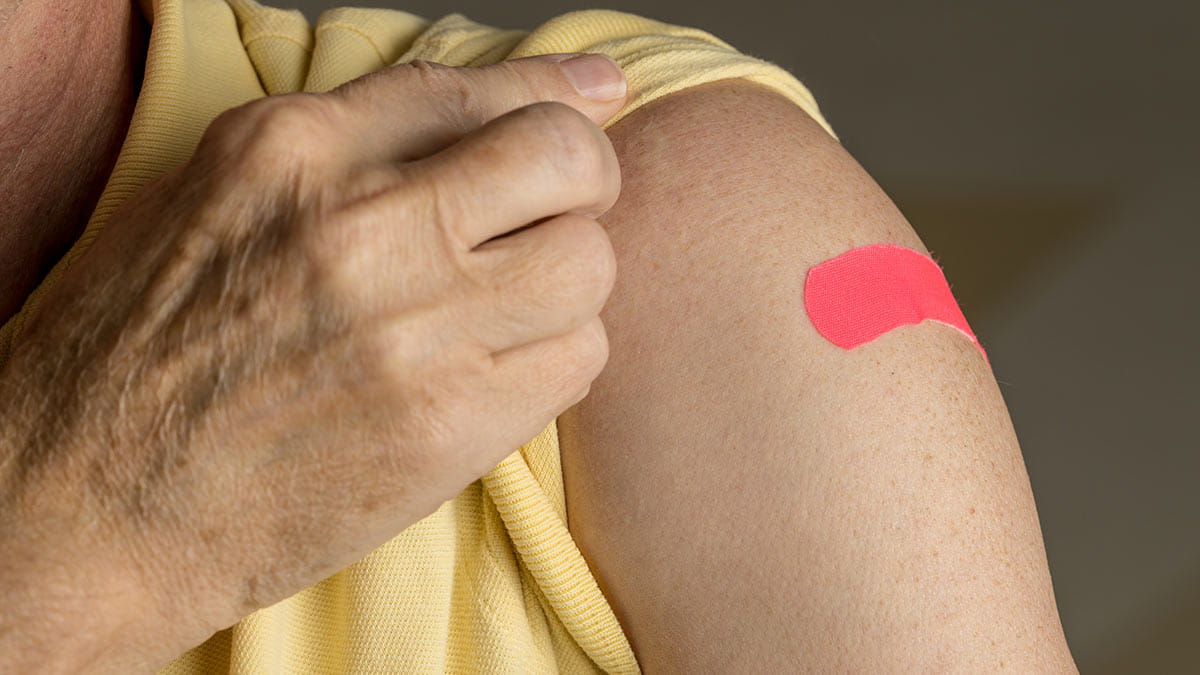5 tips to navigate the EpiPen shortage

You hope you’ll never have to use it but, if you have a life-threatening allergy, having an epinephrine auto-injector handy is a matter of life and death.
People who are allergic to stinging insects, have food allergies or are on immunotherapy are at risk of anaphylaxis, a whole body allergic reaction. They can get hives, swelling, nausea, vomiting, have difficulty breathing or the sensation their throat is closing, and feel like they’re going to pass out. Epinephrine will stop the reaction.
In recent months, it’s become challenging for some people to get their hands on one of the most popular brands – EpiPen and its generic epinephrine injection – both manufactured by Mylan. Also on the Food and Drug Administration drug shortage list is another generic epinephrine injection from Impax. Mylan attributes its shortages to supply constraints. Manufacturing delays are the cause of the Impax shortage.
So how can you make sure you have this vital emergency medication when you need it? Here are five tips to help you navigate the drug shortage.
1. Don’t throw away your EpiPen even if it has expired.
Keep old EpiPens on hand, because an expired EpiPen is better than no EpiPen at all. Some small but recent studies found if EpiPens are kept in pretty steady temperature-control circumstances, the amount of active medication in the pens is therapeutic beyond the expiration date. One quick way to see if it’s still good is to look through the window on the EpiPen to see if the medication is clear and that there’s no particulate matter.
2. Check the medication expiration date before leaving the pharmacy.
If you’re able to get your prescription filled, check the expiration date before you take possession of an epinephrine auto-injector from the pharmacy. The expiration date should be more than one year from the date you fill the prescription so you have the longest life of that device.
3. Get your prescription filled before your epinephrine auto-injector expires.
Don’t wait a full year before you refill your prescription, especially if you have a school-age child. When the back-to-school season starts, allergists receive a large number of requests for refills and to complete any required paperwork. It wouldn’t hurt to get those refills a little sooner than later to beat the rush.
4. Ask about alternative epinephrine auto-injectors.
Ask your pharmacist which epinephrine auto-injectors they have in stock and let your physician know. Depending on your insurance, there may be a prior authorization process to change your prescription. While there are shortages of Mylan and Impax epinephrine auto-injectors, Auvi-Q injection from Kaleo is an alternative product that isn’t experiencing any supply issues.
5. Make sure you know how to use the epinephrine auto-injector properly.
Every once in a while, you’ll hear of someone injecting their thumb instead of the thigh, or the parent instead of the child. If you’ve never used an epinephrine auto-injector or the shortage prompted you to change devices, ask your allergist, primary care doctor or pharmacist to teach you how to use the device. Auto-injectors vary by manufacturer and have different instructions.
Kara Wada is an assistant professor of allergy and immunology at The Ohio State University Wexner Medical Center.




